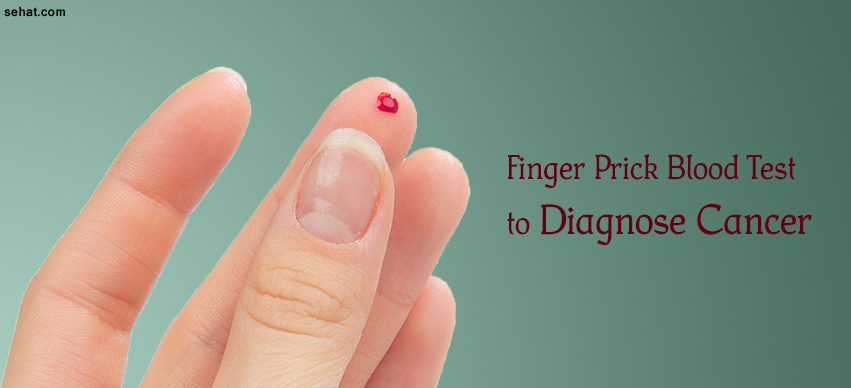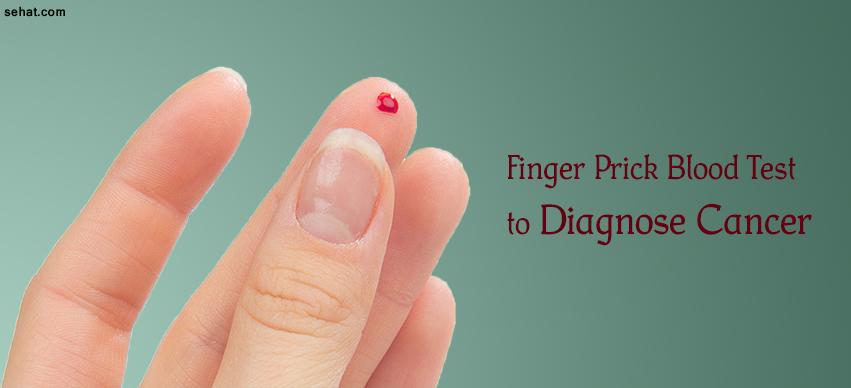Nanoparticle Therapy – An Emerging Cancer Treatment
5 Min Read


Marking a new and remarkable breakthrough in cancer research, a group of American scientists have recently reported the development of a technology that can now allow cancer detection with a simple finger prick test. The technology will be able to examine the disease biomarkers in the form of nucleic acids - the building blocks of all living organisms.
Nucleic acids contain sequences of bases stretching from a few to millions of elements long. The order in which these bases are found is associated with their functions, and can thus be used to indicate the internal activity of the cells and tissue. For instance, a particular family of these nucleic acids called the microRNAs is approximately 20 bases long but has the potential to signal numerous ailments like cancer.
"We envision this as a potential first-line, non-invasive diagnostic to detect anything from cancer to the Ebola virus," the lead author of the study Adam Hall, assistant professor of biomedical engineering at Wake Forest Baptist Medical Centre in North Carolina, the USA, said in a statement. “Although we are certainly at the early stages of the technology, eventually we could perform the test using a few drops of blood from a simple finger prick.â€, he further added.
This new technique uses nanotechnology to determine whether a particular target nucleic acid sequence exists within a mixture and to quantify it, through a simple electronic signature, subsequently.
“Scientists have studied microRNA biomarkers for years, but one problem has been accurate detection because they are so short, many technologies have real difficulty identifying them,†Hall said.
“If the sequence you are looking for is there, it forms a double helix with a probe we provide, and you see a clear signal. If the sequence isn’t there, then there isn’t any signal,†Hall said. “By simply counting the number of signals, you can determine how much of the target is around.â€, he added.
The research team, in this study, first established that the technology could efficaciously identify a particular sequence from a background of competing nucleic acids. The team then applied their technique to a specific microRNA (mi-R155) that indicates lung cancer in human beings.
The technology will also subsequently get extended to study clinical samples of blood, tissue or urine.
Adam Hall has a provisional patent on this technology.
The co-authors of this study include Osama K. Zahid, B.S., and Fanny Wang, B.S., of Wake Forest Baptist; Jan A. Ruzicka, Ph.D., and Ethan W. Taylor, Ph.D. of the University of North Carolina at Greensboro.
The findings of this study are published in the Journal Nano Letters.
Advantages – Very easy, convenient and time saving procedure. No risk of invasive diagnostic procedures.
Disadvantages – The impact of having cancer on one’s life is huge. So doctor needs to be extra cautious before confirming cancer. And this test fails in this. This is not 100% confirmatory about having cancer.
Treatment of cancer depends on type and staging of cancer. This test also fails to identify type and staging of particular cancer.
If you have a history of cancer in your family and want to understand the risk you or your family members are at with respect to this disease, you can research and find the best oncologists in your city who can help you with all the medical assistance you need.